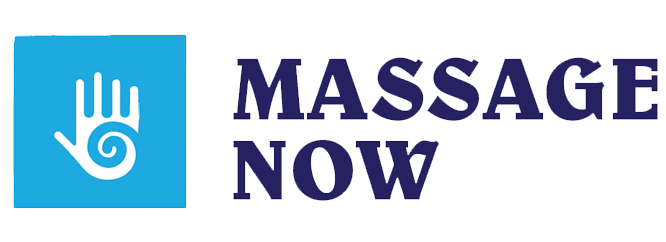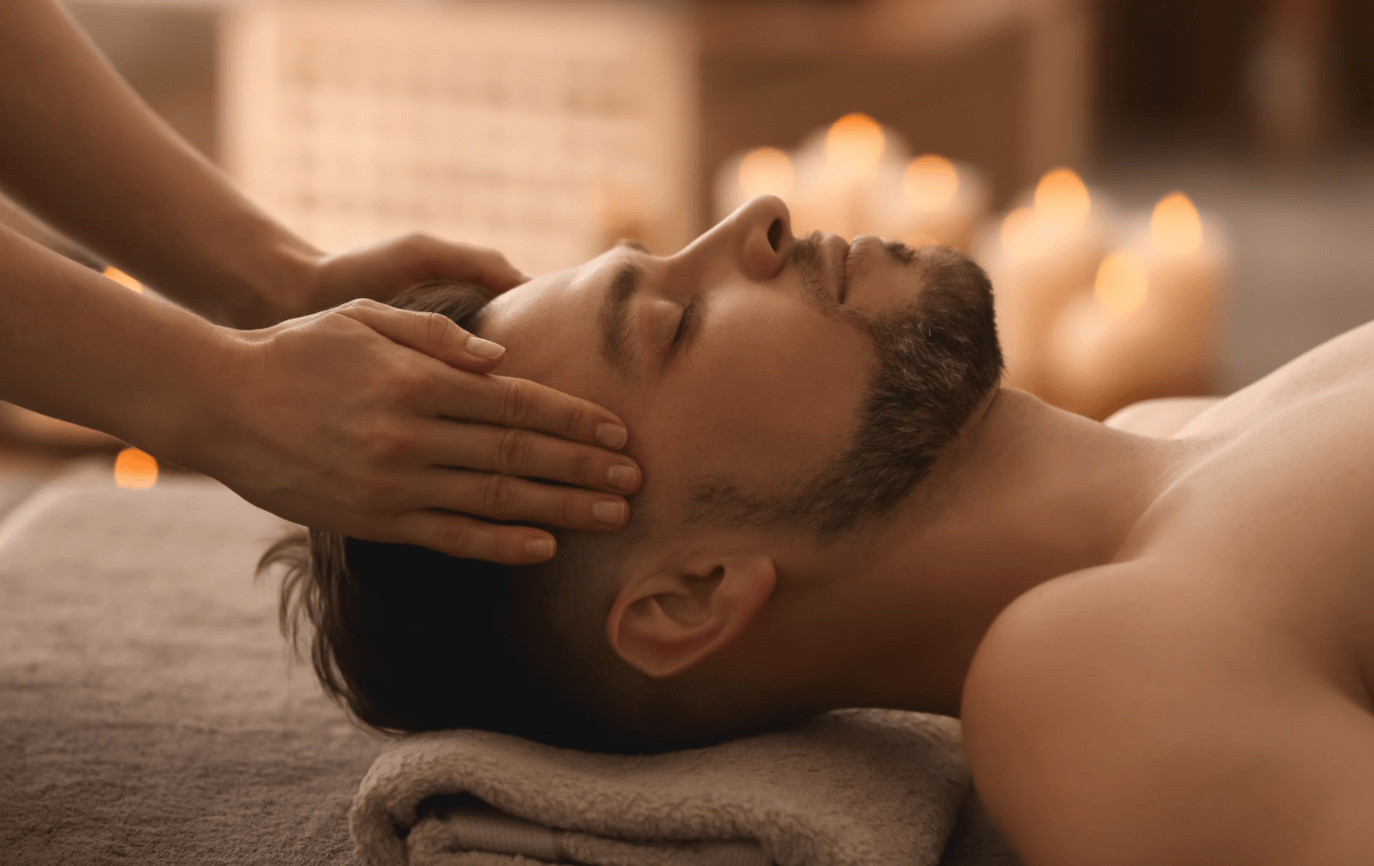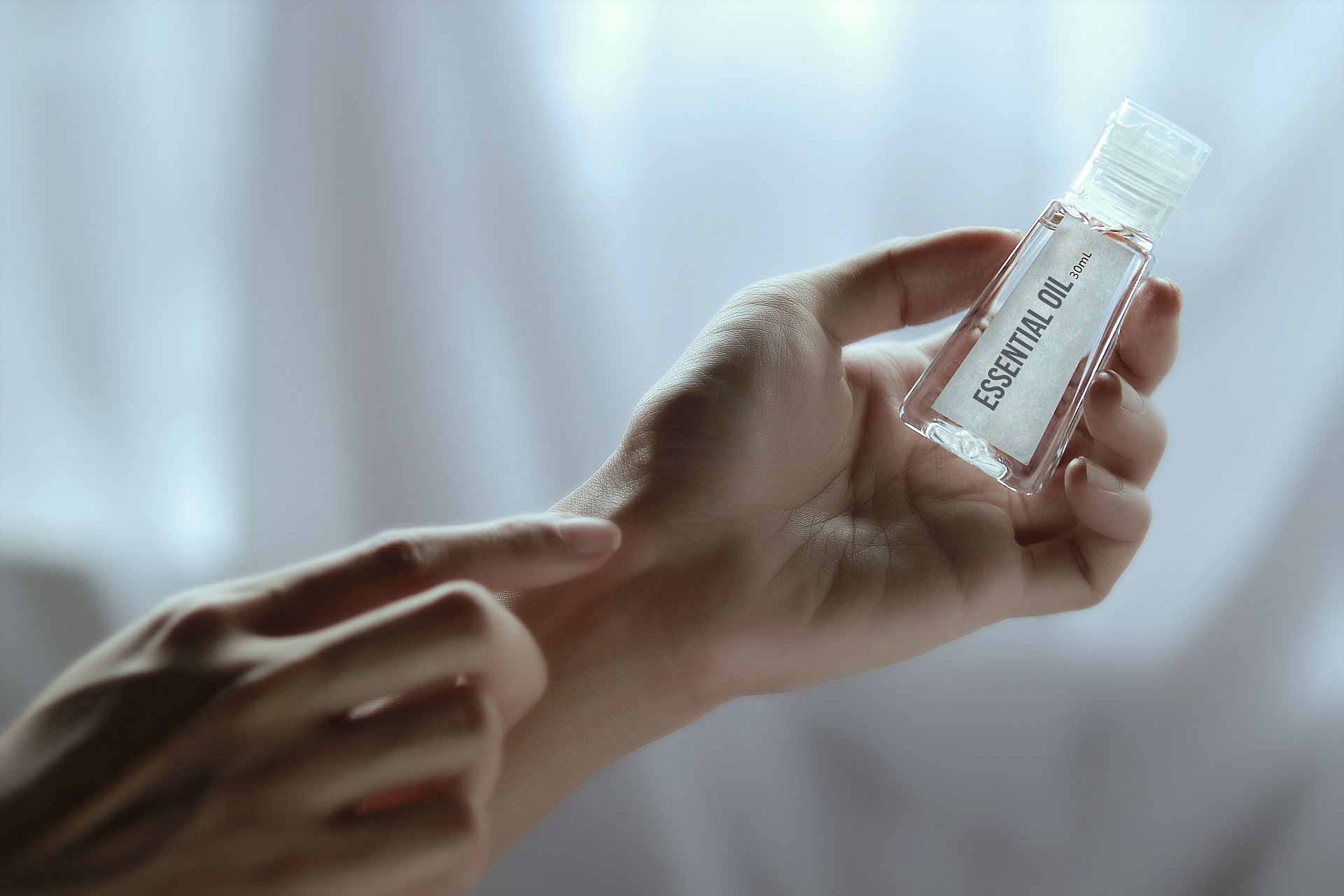Aromatherapy has a wide list of applications. It’s often used to boost mood, relax and destress, manage pain, and alleviate anxiety and depression, among other uses.
Massage therapy can incorporate aromatherapy as an enhancement to the session. Since the two easily work together to intensify each other’s benefits, aromatherapy massage has become a common practice.
If you’re wondering what aromatherapy massage is and whether you should give it a try, read on to learn about the process and benefits.
What is Aromatherapy?
Aromatherapy uses essential oils diffused into the air and/or absorbed into the skin to promote particular health benefits.
Essential oils are highly concentrated extracts from particular plants’ flowers, bark, leaves, or fruit.
There are generally few risks involved with aromatherapy in humans, although certain essential oils are toxic to dogs and cats. If you’re planning to use aromatherapy at home and have a fur baby, contact your veterinarian to confirm which essential oils are safe.
For humans, the biggest concern is sensitivity to essential oil, which may lead to skin irritation or an allergic reaction. So, if you’re getting a prenatal massage, be sure to get medical advice from your doctor before exposing your body to essential oils. Also, tell your massage therapist before the session begins if you have a history of allergic reactions, skin sensitivities, or other health concerns related to essential oils.
How Does Aromatherapy Work in the Body?
Aromatherapy stimulates smell receptors that send positive messages through the nervous system and into the limbic system, which is the part of the brain that regulates emotions, behaviors, and memories.
When applied directly to the skin, some of the plant chemicals are absorbed, in addition to the fragrance effects.
Aromatherapy is a holistic healing treatment that improves both physical and emotional health. Different essential oils evoke different reactions.
The most popular essential oils used in aromatherapy include:
- Bergamot: Reduces stress and improves skin conditions such as eczema
- Cedarwood: Aids in sleep and stress, as well as inflammatory conditions such as arthritis, kidney problems, and skin issues
- Chamomile: Improves mood and promotes relaxation
- Eucalyptus: Relieves cold symptoms and stimulates the mind
- Ginger: Improves mood and libido
- Jasmine: Helps with depression, libido, and childbirth
- Lavender: Relieves stress
- Lemon: Improves mood and aids in digestion, headaches, and other physical ailments
- Orange: Reduces anxiety, improves mood, and increases energy
- Peppermint: Boosts energy and aids digestion
- Rose: Reduces anxiety and improves overall mood
- Sandalwood: Improves focus and calms the nerves
- Tea Tree: Boosts immunity and helps to fight infections
- Ylang-Ylang: Alleviates headaches and nausea
What Happens During an Aromatherapy Massage?
An aromatherapy massage is a Swedish massage therapy. It incorporates essential oils into the massage oil or lotion used when lymph nodes and deep tissues are massaged, alleviating tension, pain, and stress.
An aromatherapy massage may also include diffusing essential oils into the air to be inhaled throughout the session.
Almost every spa and massage clinic offers aromatherapy. However, the treatment, customized blends, and quality of the essential oils will vary.
1. Pre-Massage
Your massage therapist will ask you questions to determine the right blend of essential oils for your aromatherapy massage. For example, if you booked a massage to reduce stress and have some relaxation time, you’ll want a different aromatherapy blend than for dealing with chronic pain.
Depending on your needs, an essential oil blend may be put into a diffuser to maximize the benefits of aromatherapy massage.
Once the massage oil is selected and any health concerns are addressed, the massage therapist leaves the room so you can undress and position yourself on the massage table.
2. During the Massage Session
Even if your therapist isn’t using a diffuser, you’ll likely notice the aroma of essential oils in the massage oil itself once the therapist begins. If you experience any pain, skin irritation, or nausea, let your massage therapist know immediately.
3. Post-Massage
After the massage session, let your therapist know how the essential oil blend worked for you. Did it have the desired effect, or did you not really notice any change?
Based on your needs and health goals, your massage therapist may recommend essential oils and special blends that you can use at home between massage appointments.
What are the Benefits of an Aromatherapy Massage?
Individually, both aromatherapy and massages have a long list of physical, mental, emotional, and spiritual benefits. Studies on aromatherapy have demonstrated benefits for:
- Anxiety
- Depression
- Insomnia
- Menstrual Cramps
- Mood
- Nausea
- Pain
- Sleep
- Stress
When combined with the powerful relaxation and maintenance benefits of different types of massages, the two holistic practices complement each other to boost their overall effectiveness.
You can expect to achieve a greater level of relaxation, mood enhancement, pain relief, et cetera by adding aromatherapy into your massage therapy.
There are very few risks or downsides to aromatherapy massage. A knowledgeable and skilled massage therapist will customize the right blend to suit your specific needs and health goals. You can even add CBD oil to your aromatherapy massage for yet another boost.
Ready to give it a try? Please contact us to schedule an appointment for an aromatherapy massage.


